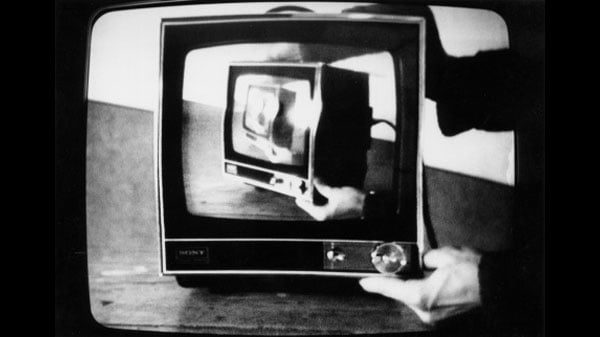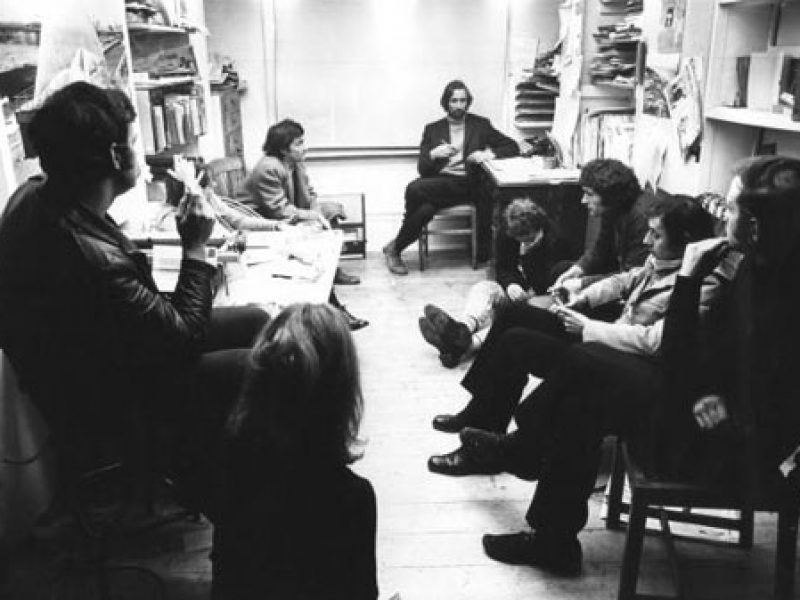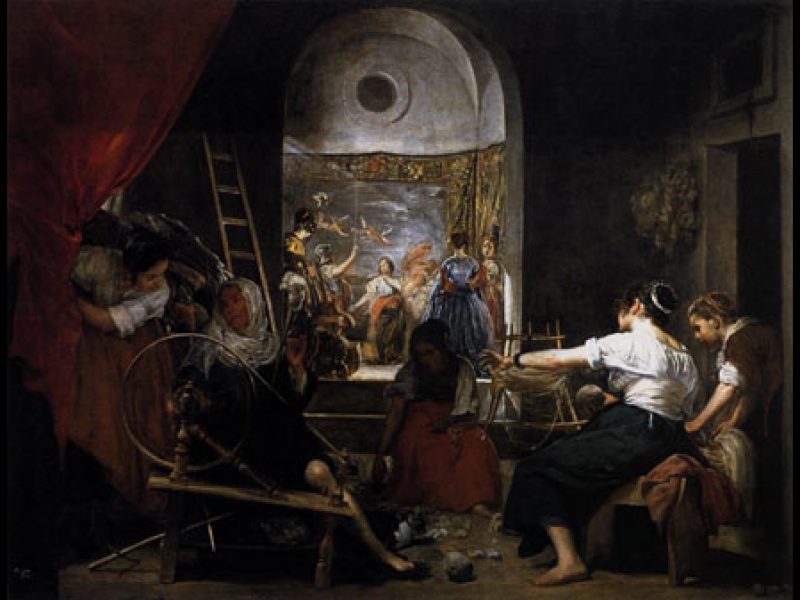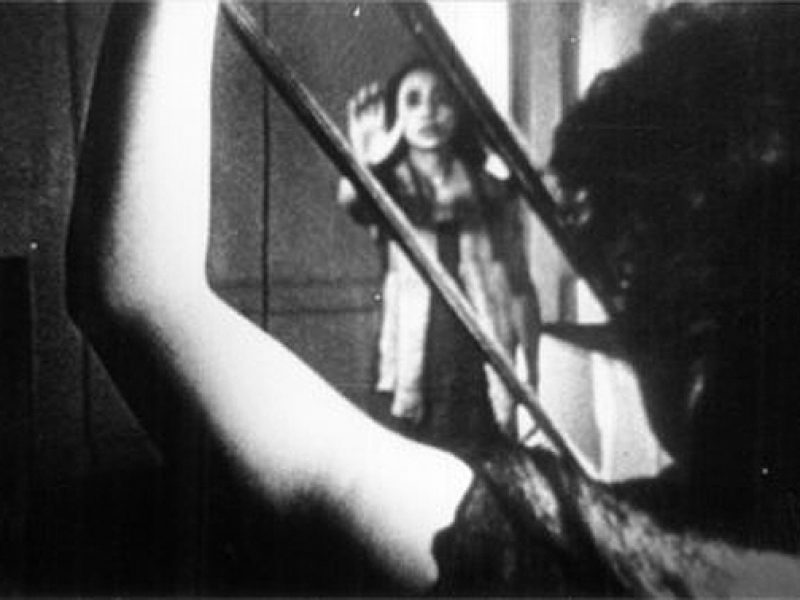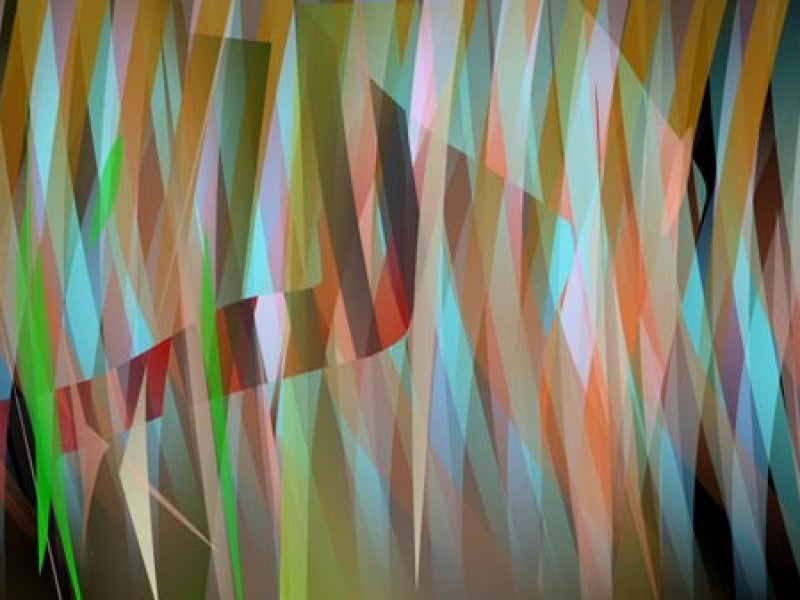In an earlier post I claimed the moving image has much to do with a process by which difference enters into culture, only at the service of a capitalistic logic of exchange. But the interrogation of this claim, which I shall now undertake, is not a question of rehearsing the debates around medium specificity. Perhaps, instead, we should take a fresh approach by asking of ourselves: ‘what do we become a medium for when we talk about medium?’
We live in a world in which a movie representing Islam in a disdainful, provocative way has been singled out for causing the outbreak of violence among Islamic populations, many of whom have only recently undergone bloody political upheaval. At the same time, in the UK, the man who discovered the bodies of a murdered family near the French village of Chevaline, describes arriving at the scene as like walking onto the set of a movie.
Confronted by violence, such as that encountered in the forest car park in France, or the violence necessary to unclench the grasping hands of Gaddafi, we all, it seems, think of the movies.
To unpick this let’s pursue some famous observations, beginning with Walter Benjamin’s famous insight that fascism aestheticised politics. He made this observation considering ‘the work of art in the age of its mechanical reproducibility’ and particularly the cinematic work. To this let’s add Adorno’s analysis of a culture industry which amounts, at root, to an image of violence which connects us (still) to fascism. To sum up the implications of Benjamin and Adorno’s thought, politics is violence and the medium that reveals this, for both, is the spectacle of cinema.
The saving grace was, for Benjamin, the ‘shock effect’ caused by the abutment of images edited together and called montage. It was key in his seeing, in cinema, a radical potential. Montage is how cinema speaks, and like the psychoanalyst extracting hidden truths from the shocks of ticks, slips and bad dreams, it is shock that enables cinema, in Benjamin’s mind, to speak to a subconscious revolutionary subject.
But does this kind of shock exist anymore? Is there any potential left or has montage become, as I claimed of all functions of cultural differentiation in my earlier post, simply an incident of exchange, a means of transfer of commodities, only able to repeat the mantra of accumulation, the perverse stupidity of the City?
Should this be the case, it is clearly what makes the montage a site of exchange rather than, say, non-identification or dislocation that allows for the logic of capital to seep into the way in which we think about film. The concept of equivalence is absolutely key here, and has been dealt with by many art and cultural critics in the wake of Adorno. Equivalence, it might be apposite to add here, has its own equivalent in the way in which liberalism considers social exchange, and the word for this is relativism. Medium specificity rhetorically allows for the reduction of images into an interchangeable exchangeable format. The idea of a medium’s specificity, some sealed of world which holds the key to a works ontology, is of course a fallacy. The whole concept is based on that world being akin to structures of language, translatable and ‘flat’, so that in ‘literalising’ the work, one denies the serious analysis of aesthetic experiences such as intensity, beauty and the sublime. Of course there is a reason for all this stategising, it is precisely these things that fascism uses so successfully for its own ends. But it is simply not good enough a strategy to avoid the aesthetic and replace it with the linguistic if, at the same time, the analytical purchase of the position is based on making claims about the medium’s material properties in the real.
I cannot trace here the very many different ways in which such theory has gone about transforming or translating the strictly aesthetic into the semiotic, consuming it within its own frameworks. However, I would like to suggest that this treatment of medium, in becoming ‘mediator’ between two sets of understandings about the world, can be attributed to cinema’s major trick, that of producing what looks like a moving image, and thus an illusory sense of ongoing time that is, or can be, determined by the film maker. In appropriating our attentions, the spectacle flattens the clusters of time that themselves intermediate between our inner and outer worlds, these concertina at the surface at the screen, leaving it to figures such as Gilles Deleuze (the most imaginative of these theorists) to vainly, in my view, project this depth of present time into the spectacle-image.
The emphasis on meaning reduced to an order of language merely constitutes a literal-mindedness. Worse, this reductive and ‘literal’ sensibility has permeated into how we understand ourselves.
One of the big events of the recent Whitstable Biennial was Jesse Jones’ The Selfish Act of Community, a performance of an actual, televised group therapy session broadcast in the US in 1968. This work, then, maps over the reverberations that I am trying to bring to attention here, that have, at their epicentre, the birth of the new-left in philosophy, the arts and political action. The re-enactment was very well acted and produced, many people in attendance certainly seemed effected by it and Jesse Jones, I think, is to be commended. But at the same time I was left flat and I think my ambivalent feeling is related to the conditions which I have been trying to link to ‘the movies’.
In a central scene of The Selfish Act of Community the whole premise is laid bare: we do not hide behind masks, but we adopt ‘styles’ from what there is around to deal with those fears and fantasies that inform our inner lives. The components of these styles are largely dependent on society. The work is about complicity with, coercion under and relations within a kind of script: life is a dressing up box of the signifying components of identity.
But I saw the piece as a portrait of alienation. Alienation from our identities as ‘classed’, as labourers, the single sign we all stand in relation to; the thing, in this country at least, which informs peoples’ immediate judgements of others. But no one talked about work, for example, as part of their inner life, the workplace at best was described as a kind of backdrop, nor was there acknowledgement of any material constriction on an eventual enfranchisement to ‘be who you really are’, everyone just wants to be happier in the place they exist. Even the African-American woman’s big moment comes when she realises it is basically her fault she can’t reach out to the white businessman sitting next to her. The inner self here is not conceived as a work in itself and in dialectical relation to the world: people just want to get what they think they can get from where they are sitting, momentarily needing ‘fixing’ before returning to life’s expressway; same as it’s always been.
Perhaps the audience led me astray, many seemed to treat the performance in the same way as one would a chick-flick, a weepie: taking it as it came like art-soul-food. I apologise to Jesse Jones if the work is a deeply cynical and ironic presentation of therapy’s ideological dimensions. If it is it is surely the shifts in its mediatisation, its ‘reframing’, that enables this take.
Neither in the case of the cinema or the self might it be said that current claims to represent that which is ‘behind the image’ are grounded in the conditions of their specificity. But we also find that this uncovers something of a fallacy of the question of ‘medium’ itself. In imagining ourselves as constituted by ‘an identity’, by a signifying truth hidden behind certain ‘styles’, we act as our own worst enemies, as mediums of ideological control. Likewise the idea that film is, behind the spectacle, some mundane specificity, only bolsters film’s real status as the medium through which the question of what is real is perverted. This is to the extent whereby its reality, the reality that cinema gives us a very real picture of how violent the world is, is considered as a sign of the unbelievable, or the unbeliever. This is what the combined anecdotes above seem to declare.
We convert the reality of power from violence into delusional structures of reception, of language games and of passivity. It is a situation far from an idea of an ideal spectatorship; of imaginative life integrated with its real conditions. Against Benjamin, Adorno was sceptical that montage was somehow intrinsically meaningful, doubting the potential of shock. Rather he considered film behind the best of art work in other media and pushed for it to incorporate other traditions.
I have been reading the excellent and fascinating new book REWIND British Artists’ Video in the 1970s & 1980s. The point is made in this book, in different forms, using different examples and from differing perspectives, that what a study of the emergence of video art in this country shows is how, unlike the ‘movies’, the film image and so on, video was, from the first, a medium of outward diffusion not necessarily connected to a narcissistic instinct, as has been argued by Rosalind Krauss, or that its value necessarily rests on its rhetorical quality of ‘liveness’, though these discourses are given a certain amount of attention. What I got from reading was the idea of video as returning the impetus to mediate to the subject. This manifested itself in different ways, but time and again it is the liveness in which spectacle occurs, not the medium as in-itself a spectacle of liveness, that is emphasised as early video’s really exciting quality: that how one approached the image was what was ‘live’ about the art in which video was mobilised. This really connects video to a tradition of early modern art (painting in particular), atavistically leapfrogging modernism’s spectacle to reinvigorate previous, more active models of viewership, interpretation and subject-subject interaction. Video reflected the role of mediation back onto the subject, rather than operating by spoon-feeding spectacle to an audience like cinema. This is an art historical current that certainly should be nurtured.
Dr Thomas Morgan Evans is the LUX writer in residence for September 2012. He completed his PhD under the supervision of Professor Briony Fer at the University College London where he is now a Henry Moore Institute Post-Doctoral Research Fellow, working on a book project on Andy Warhol and contemporary sculpture. Besides this he has previously been writer in residence at the LUX/ICA Biennial of Moving Images 2012 and is pursuing a number of writing projects ranging from fiction to art history and theory and philosophy. He is a keen cyclist and lives in London.
REWIND British Artists’ Video in the 1970s & 1980s is published in September 2012 with a book launch at Tate Modern on 25th September

